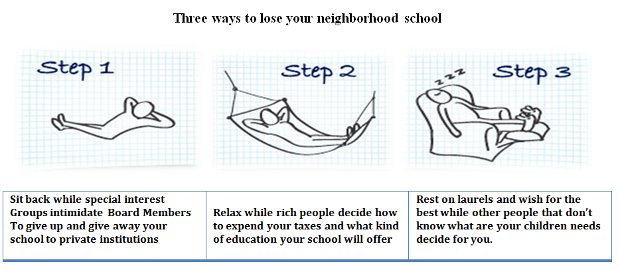The Los Angeles Police Department’s 77th Street Homicide Division has named 31-year-old Eric Atkinson as the suspect in the robbery and murder of discount store clerk Martha Sanchez, according to a press release issued by Ninth District Councilman Curren Price’s office.
Sanchez was working as a store clerk at a local Happy Bargain 99 Cents Store on the 7400 block of South Broadway around at 8:50 p.m. on Sept.17 when the robbery and shooting happened. [Read more…]









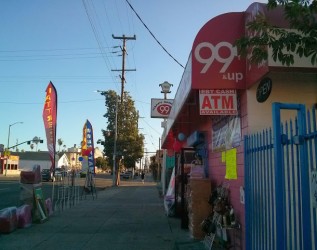
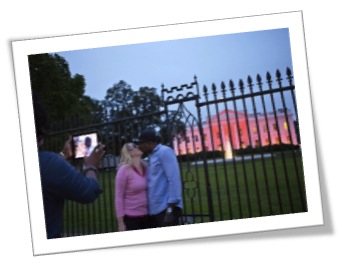 Tourists taking pictures in front of the White House that it is illuminated pink in honor of cancer victims. Official White House Photo by Sonya N. Herbert. Oct 1, 2012
Tourists taking pictures in front of the White House that it is illuminated pink in honor of cancer victims. Official White House Photo by Sonya N. Herbert. Oct 1, 2012 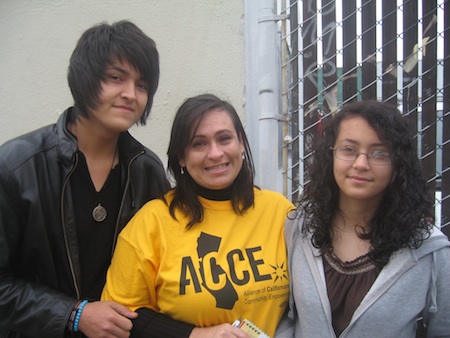 Martha Sánchez with her children, Gonzalo and Catherine Romero.
Martha Sánchez with her children, Gonzalo and Catherine Romero. 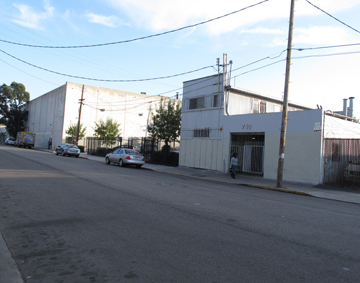 Palace Plating plant at South San Pedro Street and E. 30th Street.
Palace Plating plant at South San Pedro Street and E. 30th Street. 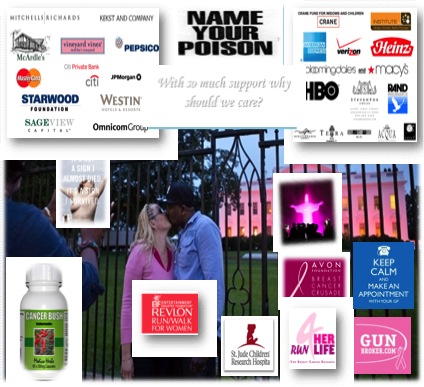
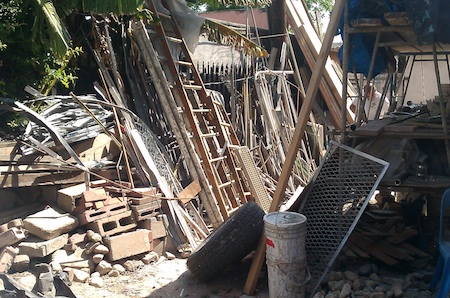
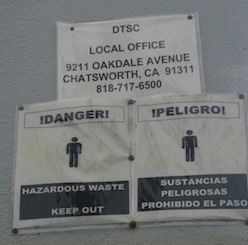
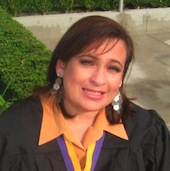 Martha Sánchez is a community activist and advocate, whose efforts led to the closure of Palace Plating, a toxic polluting plant just feet away from 28th Street Elementary.
Martha Sánchez is a community activist and advocate, whose efforts led to the closure of Palace Plating, a toxic polluting plant just feet away from 28th Street Elementary.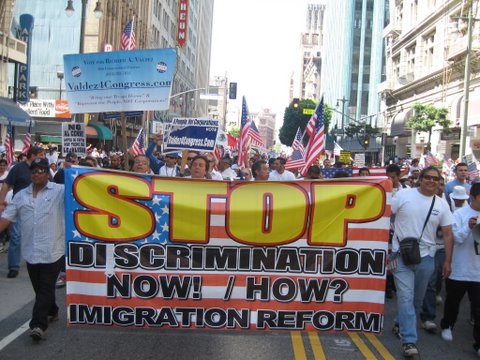
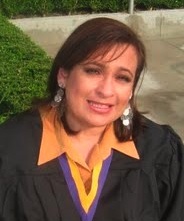 I’m not asking people to “wear the white T-shirt” once again and chant about one single issue. I’m asking people to “put on a sweater” to shelter themselves against the cold decisions of Wall Street. I’m calling on the 99 percent to stop pushing my demands to the bottom of the list.
I’m not asking people to “wear the white T-shirt” once again and chant about one single issue. I’m asking people to “put on a sweater” to shelter themselves against the cold decisions of Wall Street. I’m calling on the 99 percent to stop pushing my demands to the bottom of the list. 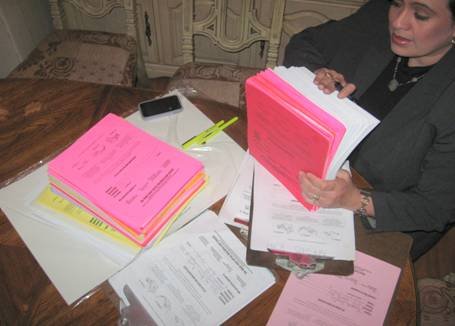 Twenty-Eighth Street Elementary School is one of the most overcrowded schools in the LAUSD. The school was built in 1800s to accommodate a maximum of 800 students. In 2003, it housed over 2,300 students turning the school calendar in to a
Twenty-Eighth Street Elementary School is one of the most overcrowded schools in the LAUSD. The school was built in 1800s to accommodate a maximum of 800 students. In 2003, it housed over 2,300 students turning the school calendar in to a  Therefore we decided to organize a grass-roots effort to involve most of parents at 28th St. School. On January 22, 2010, I began a campaign to organize and obtain the authentic opinion and desires from parents about who they want to control school site #18.
Therefore we decided to organize a grass-roots effort to involve most of parents at 28th St. School. On January 22, 2010, I began a campaign to organize and obtain the authentic opinion and desires from parents about who they want to control school site #18. 